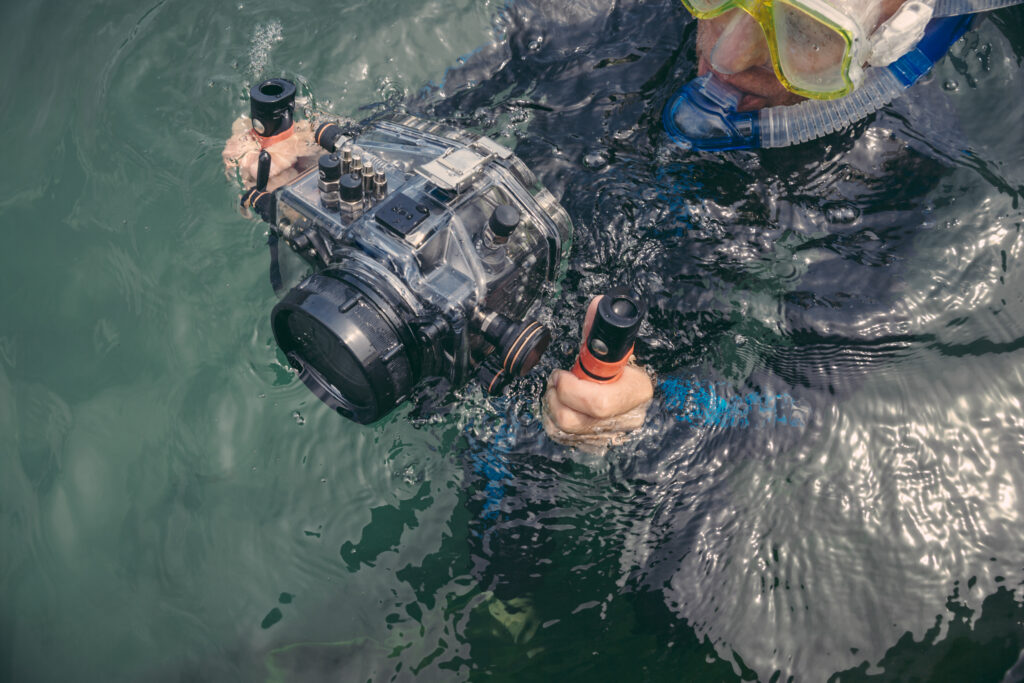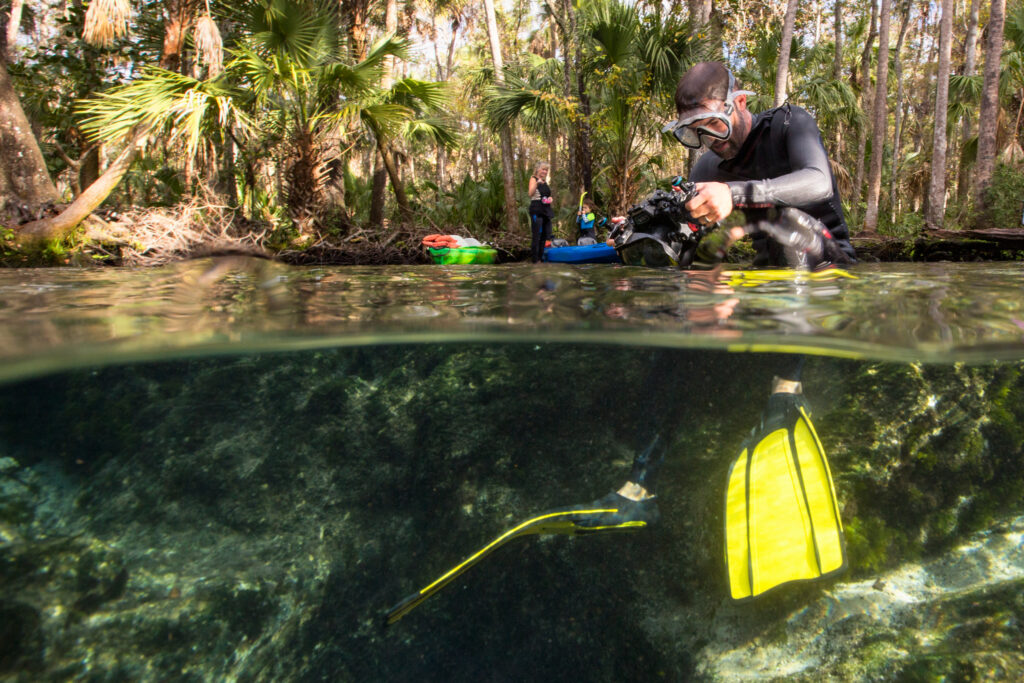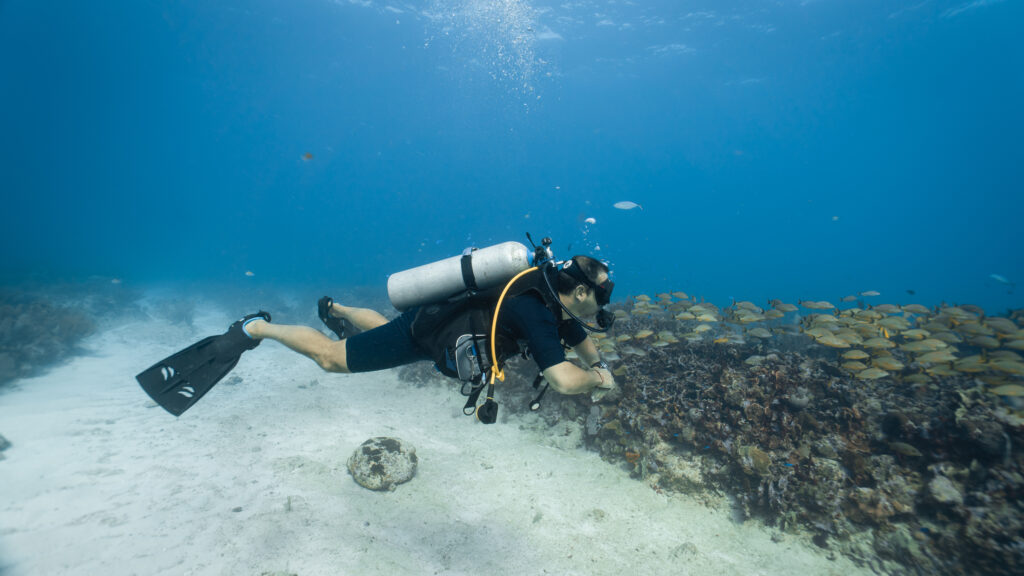What is Activated Charcoal used for in Scuba Equipment?

Activated charcoal, also known as activated carbon, is a form of carbon processed to have small, low-volume pores that increase the surface area available for adsorption or chemical reactions. Renowned primarily for its ability to absorb toxins and chemicals, activated charcoal is used in a variety of applications ranging from medical treatments to water purification. In the context of scuba diving, this substance plays a crucial role, particularly in the purification of breathing air within scuba equipment, ensuring that divers inhale clean, uncontaminated air while exploring underwater environments.
What is Australian Diver Accreditation Scheme (ADAS)?

Founded in Australia, the Australian Diver Accreditation Scheme (ADAS) stands out as a pioneering international commercial and occupational diver certification scheme. Its core mission is to promote, develop, and maintain global standards for safety in diving and hyperbaric operations. Since its inception, ADAS has grown from a national body into a noteworthy global authority, overseeing training and accreditation across several countries and continents.
What is the Association of Diving Contractors International (ADCI)?

The Association of Diving Contractors International (ADCI) is a key organization within the commercial diving industry, founded to enhance the safety, communication, and practices among its members and the industry at large. As the primary authority on safety and regulations for commercial diving operations, the ADCI’s standards are recognized and implemented globally. This entry aims to provide a comprehensive overview of the ADCI, detailing its history, mission, structure, and pivotal role in shaping industry standards.
What is Ingassing?

Ingassing refers to the process by which gases dissolve into the body’s tissues and blood during scuba diving. This process is crucial to understand because it affects how divers must manage their time underwater and the ascent to the surface to avoid serious health risks. The term “ingassing” is often used in conjunction with its counterpart, “outgassing,” which describes the release of gases from the body. Both processes are central to diving physiology and safety, playing a vital role in dive planning and execution.
What is Off-Gassing?

Off-gassing, within the context of scuba diving, refers to the process by which dissolved gases, primarily nitrogen, are expelled from a diver’s body during ascent. This phenomenon is crucial for diver safety, particularly in avoiding decompression sickness, commonly known as “the bends.” Understanding off-gassing is essential for divers to manage their ascents properly and ensure that the nitrogen absorbed under pressure is released gradually and safely.
What is a Decompression Algorithm?

A decompression algorithm is a crucial component in scuba diving, designed to calculate the safest ascent profile for divers to avoid decompression sickness (DCS), commonly known as “the bends.” These algorithms predict how inert gases, such as nitrogen, absorbed by the body’s tissues under pressure, are safely released during ascent. By determining the rate at which a diver should ascend and incorporating safety stops, decompression algorithms play an essential role in enhancing diver safety. Their development and refinement are grounded in extensive research, physiological understanding, and technological advancements in diving equipment.
What is Half Time?

Half time in scuba diving is a critical concept used to understand and manage the absorption and release of inert gases in the body during diving activities. Specifically, it refers to the time it takes for a particular tissue compartment in the body to absorb or eliminate half of the difference between the existing level of inert gas and the new equilibrium level. This concept is foundational for safe diving practices as it aids in determining appropriate decompression procedures to avoid conditions like decompression sickness (DCS).
What is Cyanosis?

Cyanosis refers to a bluish discoloration of the skin and mucous membranes caused by an insufficient level of oxygen in the blood. This condition can signal underlying health issues, particularly those related to respiratory and circulatory systems. In scuba diving, cyanosis is a critical indicator that a diver might be experiencing hypoxia, a dangerous reduction in oxygen levels. Recognizing and understanding cyanosis is vital for ensuring diver safety, as it can be a precursor to more severe conditions if not promptly addressed.
What is a Dive Watch?

A dive watch is a specialized timepiece designed to withstand the harsh conditions of underwater environments. Initially developed in the early 20th century, dive watches are essential tools for scuba divers, providing accurate timekeeping and critical safety features during underwater activities. These watches are built to endure significant pressure and provide clear visibility under low-light conditions, making them indispensable for both professional and recreational divers. Over the years, dive watches have transcended their utilitarian purpose, becoming symbols of adventure and precision in both the diving community and the broader public consciousness.
What is a Reverse Profile?

Scuba diving has grown significantly in popularity over the past few decades, drawing adventurers to the underwater world to witness its beauty and mysteries. A crucial aspect of scuba diving is dive planning, which ensures the safety and enjoyment of the divers. Within this context, understanding dive profiles becomes essential. A dive profile is the plan that outlines the depth and duration of a diver’s underwater journey. Among these profiles, the concept of a “Reverse Profile” has sparked considerable discussion. A reverse profile refers to a sequence of dives where a deeper dive follows a shallower one within a short period. This practice has historically been avoided due to concerns about decompression sickness, but evolving research and guidelines have started to shed new light on its implications.
